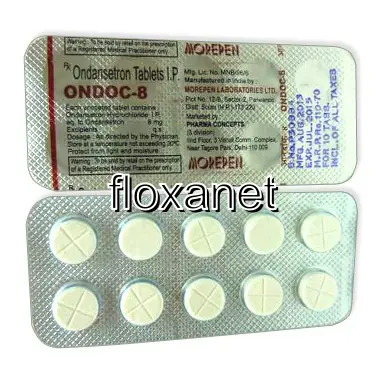| Package | Dosage | Price | Price per Dose | |
|---|---|---|---|---|
| Dosage: 4mg | ||||
| 180 pill | 4mg | €207.83 | €1.16 | |
| 120 pill | 4mg | €141.70 | €1.18 | |
| 90 pill | 4mg | €112.18 | €1.25 | |
| 60 pill | 4mg | €81.47 | €1.36 | |
| 30 pill | 4mg | €46.04 | €1.52 | |
| Dosage: 8mg | ||||
| 180 pill | 8mg | €263.33 | €1.46 | |
| 120 pill | 8mg | €181.85 | €1.51 | |
| 90 pill | 8mg | €145.24 | €1.62 | |
| 60 pill | 8mg | €106.27 | €1.77 | |
| 40 pill | 8mg | €75.57 | €1.89 | |
| 30 pill | 8mg | €59.03 | €1.98 | |

Ondansetron Description
Overview of Ondansetron
Ondansetron is a medication widely used in the medical community to prevent and treat nausea and vomiting. It belongs to a class of drugs known as serotonin 5-HT3 receptor antagonists. These drugs work by blocking the action of serotonin, a chemical in the body that can trigger nausea and vomiting signals in the brain. Ondansetron has gained popularity due to its high efficacy and generally good tolerability. It is most commonly used in patients undergoing chemotherapy, radiation therapy, or surgery, as these treatments often cause significant nausea and vomiting.
Effectiveness in Nausea and Vomiting Management
Many patients report that Ondansetron is highly effective in reducing episodes of nausea and vomiting. It acts quickly after administration, often providing relief within minutes. Its effectiveness is particularly notable in preventing chemotherapy-induced nausea, which can be severe and debilitating. Ondansetron’s ability to block serotonin receptors in the central nervous system and gastrointestinal tract makes it an essential medication in oncology settings. Patients undergoing radiation therapy or major surgeries also benefit from its antiemetic properties, significantly improving their comfort and recovery experience.
Dosage and Administration
Ondansetron is available in various forms, including tablets, injectable solutions, and dissolvable tablets. The dosage depends on the condition being treated, the patient's age, and other health factors. Typically, for adults, a common dose before chemotherapy or surgery is 8 mg or 24 mg, depending on the specific protocol. Timing of administration is crucial to maximize its effectiveness. It is usually administered 30 minutes to an hour before the offending procedure or treatment. For ongoing management, healthcare providers may prescribe multiple doses over several days. It’s essential for patients to follow their healthcare provider’s instructions on the dosage and timing to ensure optimal results and minimize side effects.
Side Effects and Precautions
While Ondansetron is generally well tolerated, some users may experience side effects. The most common include headache, dizziness, constipation, and fatigue. Rare but more serious adverse effects can involve allergic reactions, heart rhythm disturbances, or abnormal liver functions. Patients with underlying heart conditions or liver disease should inform their doctor before starting treatment. It’s also important to monitor for symptoms like irregular heartbeat or severe allergic responses, which require immediate medical attention.
Precautions include avoiding alcohol and certain medications that may interact with Ondansetron, such as other drugs affecting heart rhythm. Pregnant and breastfeeding women should consult their doctor before use, as safety data in these populations is still being accumulated. It is essential to disclose all current medications and health conditions to ensure safe use of the drug.
Summary of Benefits
Ondansetron's main advantage lies in its proven ability to prevent nausea and vomiting effectively, especially in challenging medical scenarios like chemotherapy. Its rapid action and versatility in various forms make it a convenient choice for many healthcare providers and patients. Moreover, its generally mild side effect profile allows its widespread application without significant safety concerns. Overall, Ondansetron remains a cornerstone in the management of treatment-related nausea and continues to be a reliable, effective medication for patients experiencing severe nausea episodes.
